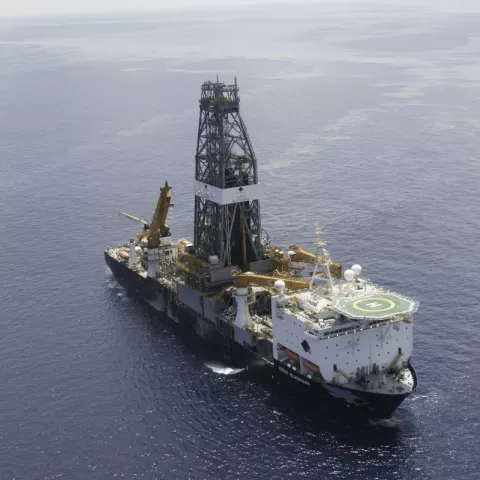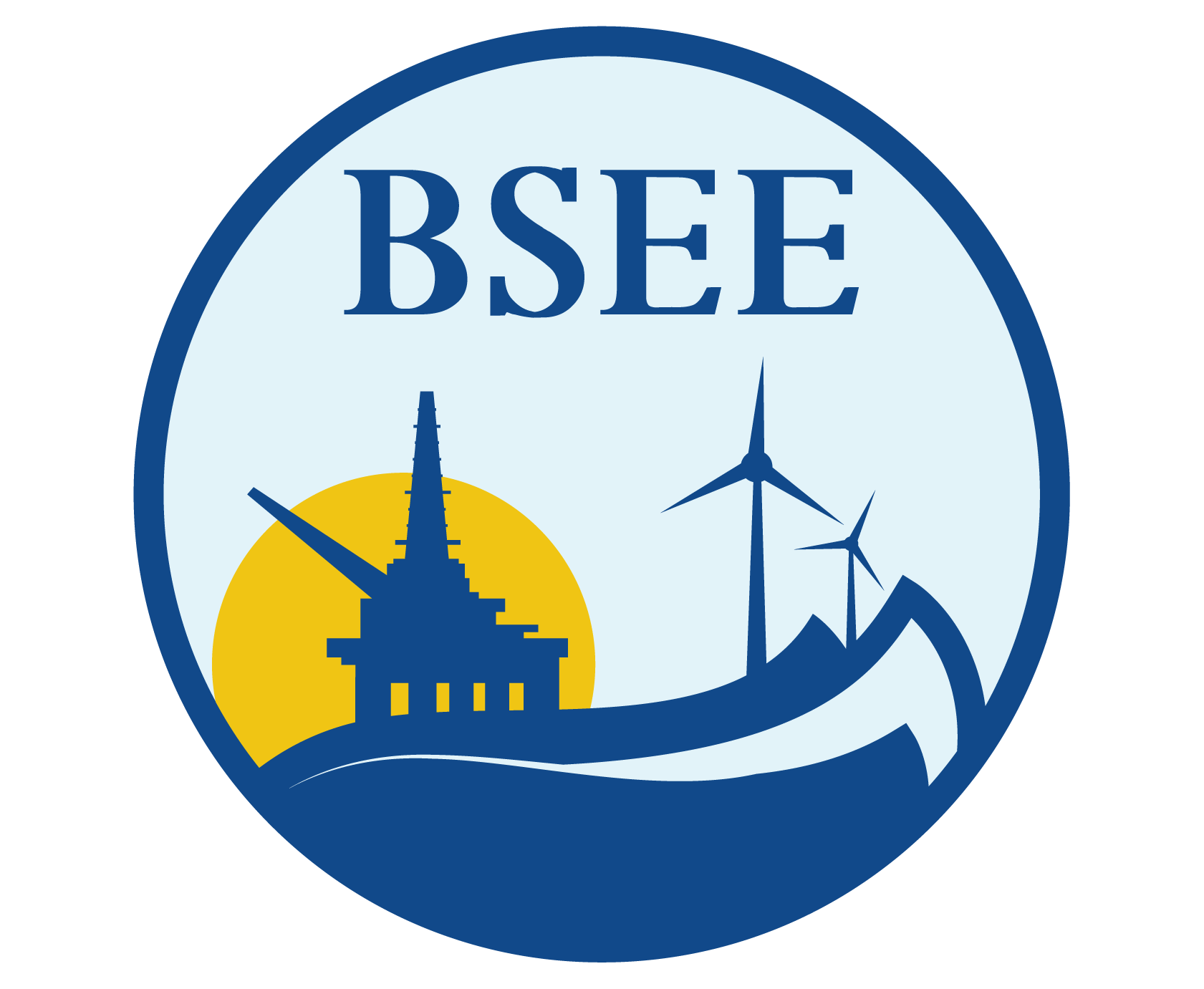Offshore Energy Must Do More on Trust Front
*This article originally appeared in The Environmental Forum (Nov./Dec. 2016), www.eli.org
by Brian Salerno, Director
October 12, 2016
The same exploratory drive that created digital computers and put Americans on the moon is clearly in evidence when one watches our nation’s energy industry expand its footprint into frontier areas such as the ultra-deepwaters of the Gulf of Mexico. My agency, the Interior Department’s Bureau of Safety and Environmental Enforcement, understands that ultra-deepwater oil and gas extraction has an important role to play in meeting America’s energy needs.

However, such expansions must be accomplished within an appropriate safety and environmental framework. Energy extraction from such depths is inherently difficult, but BSEE believes that risks can be minimized — though not eliminated — when companies adopt a culture of safety.
During the 2015 federal fiscal year, BSEE conducted over 20,000 inspections of the more than 2,400 offshore energy facilities occupying the U.S. Outer Continental Shelf. These inspections lift the hood on the offshore energy industry. In that single year we issued 2,483 Incidents of Noncompliance. An INC is BSEE’s version of a citation. During that single year, the OCS energy industry experienced 105 fires and explosions, 206 worker injuries, and one fatality. There were also three losses of well control and seven spills of more than 50 barrels.
Although the offshore oil and gas sector, by-and- large, operates on the OCS with safety as a high priority, the statistics I just cited reveal that there is no room for complacency. Nor is the industry monolithic. The safety track record varies from operator to operator. Even though BSEE holds every operator to a certain set of safety and environmental standards, the level of trust that the industry often seeks can only be acquired when the public observes an industry-wide commitment to safe operations — one that goes beyond the legal minimum.
We would be naive to suggest that costs, schedules, and financial conditions have no influence on an energy company’s priorities. My agency was created, in part, to make sure that safety and environmental protection remain priorities at all times — even during times, such as now, when money is tight. Our inspectors, engineers, investigators, and other staff dedicate themselves to our mission of promoting safety, protecting the environment, and conserving resources offshore through vigorous regulatory oversight and enforcement. The offshore energy industry, if it wants to garner and retain the public’s trust as it moves into ever-deeper waters, should similarly dedicate itself to safe operations.
One major spill could not only harm workers and the environment, it would also be highly destructive to public trust. Recently, we identified a problem with corroding bolts on subsea safety-critical equipment. Some industry efforts have begun to address this issue, but more needs to be done. Fortunately, failing bolts have not, thus far, resulted in any catastrophic situations. How long that luck will last is uncertain. But we do know this is one of many opportunities for the offshore energy industry to get ahead of a problem — to show the public they are serious about worker safety and protection of the marine environment.
The American people, not the industry, own the Outer Continental Shelf. Every OCS lease granted to industry assumes the lessee will operate in a manner consistent with the law, which requires not only following prescribed regulatory guidelines, but also having a Safety and Environmental Management System in place.
A SEMS is a carefully crafted company policy that spells out in great detail how it will operate on a day-to-day basis. Each company’s SEMS must contain elements identified in BSEE regulations, and every company is periodically audited to make sure it lives up to the procedures identified in its SEMS. When a company develops a meaningful SEMS — and it is fully supported by company leadership — it is increasing the probability that good decisions will be made throughout the workday on each of its facilities.
America’s energy consumers expect the petroleum and natural gas products they purchase to be extracted and transported in a manner that minimizes risks to workers and the environment. They want a strong regulator capable of demanding not only compliance with the letter of the law, but also compliance with the spirit of the statutes and policies that frame a safety culture.
In turn, both BSEE and the American people must see a strong commitment to safety and the environment by the offshore energy industry. As the industry moves further into ultra-deepwaters, they are well advised to “live their SEMS.” Such an approach is the best way for the offshore energy industry to demonstrate its commitment to safety and the environment and build much-needed trust with the American people.
